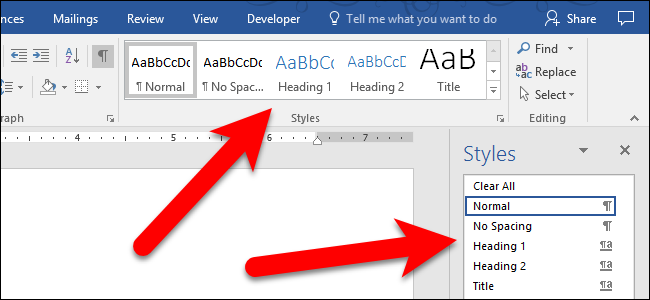

“Limit formatting to a selection of styles” option


Notice the Font color: Auto is now gone. Assuming itʼs a character style, itʼs now not going to disrupt the colour of whatever itʼs applied overtop of. (I tested on text where the paragraph style had a specific colour, but I assume this would also be true for direct formatting or for a parent character style.)
#HOW TO CREATE A QUICK STYLE SET IN WORD 2010 ZIP#
Zip the contents of the temp directory back up. Note that, if youʼre using the “Send to Compressed (zipped) folder” feature of Windows, make sure youʼre doing this on the contents of the temp directory and not the temp directory itself Word will not read the file if the internal files are nested an extra level, and youʼll get an error like “Microsoft Office cannot open this file because some parts are missing or invalid.” In my example, the element was as follows: ĭelete that whole element (everything from and including the past it). Be careful because the angle brackets for the adjacent tags will be immediately next to this tag, and if you snip off part of another tag, the whole thing becomes unreadable. Locate a file called styles.xml which will be within a subdirectory called word. Open this file, preferably in an XML editor or a third-party plain text/code editor such as EmEditor. In the worst case you can also use Notepad or Wordpad. Office does not place any line breaks or tabs into the XML, so itʼs going to be a pain to work with unless your editor breaks out the XML elements or at least word wraps.įind the element for the style in question. In my example, the opening tag looks like this, noting that there is a child element for the displayable name, since the programmatic ID canʼt contain certain characters like spaces: ĭonʼt just go off on the first place you see the styleʼs name, since the name is likely to occur within other parts of the XML as well make sure it matches the above template.įind the element within that element (it will be somewhere between the and ). Programmers note that itʼs inside a child element called. docx. The Office XML formats are actually just zip files.Įxtract the contents of this file into a temporary directory. Make a backup copy of the file. A mistake in the procedure could render the document unopenable. Make sure the file is not open in Office.

I donʼt 100% recall if Word 2010 used the XML format, but I think so. Iʼve tested this in Word 2013 the procedure could be slightly different between versions. However, there is, at least, a way to do it, albeit not a very user-friendly one. Some time back, Microsoft Office adopted file formats based on XML, so itʼs possible to dissect and arbitrarily modify them directly with relative ease. It turns out itʼs pretty easy to take out the offending colour specification. Unfortunately, I couldnʼt find any way of removing this through the user interface. I think this is an oversight in the design of Word. The most important part of this dialog is the read‑only text box near the bottom, which contains a summary of all the changes the style makes. Note that in this example it includes Font color: Auto. Critically, this was not present in built‑in character styles that didnʼt manifest this problem. I had a similar problem. However, I noticed that it didnʼt happen with the built‑in character styles. Opening one of the built‑in styles and then my style in the “Modify Style” dialog box revealed a key difference. Here is an example of the latter:


 0 kommentar(er)
0 kommentar(er)
